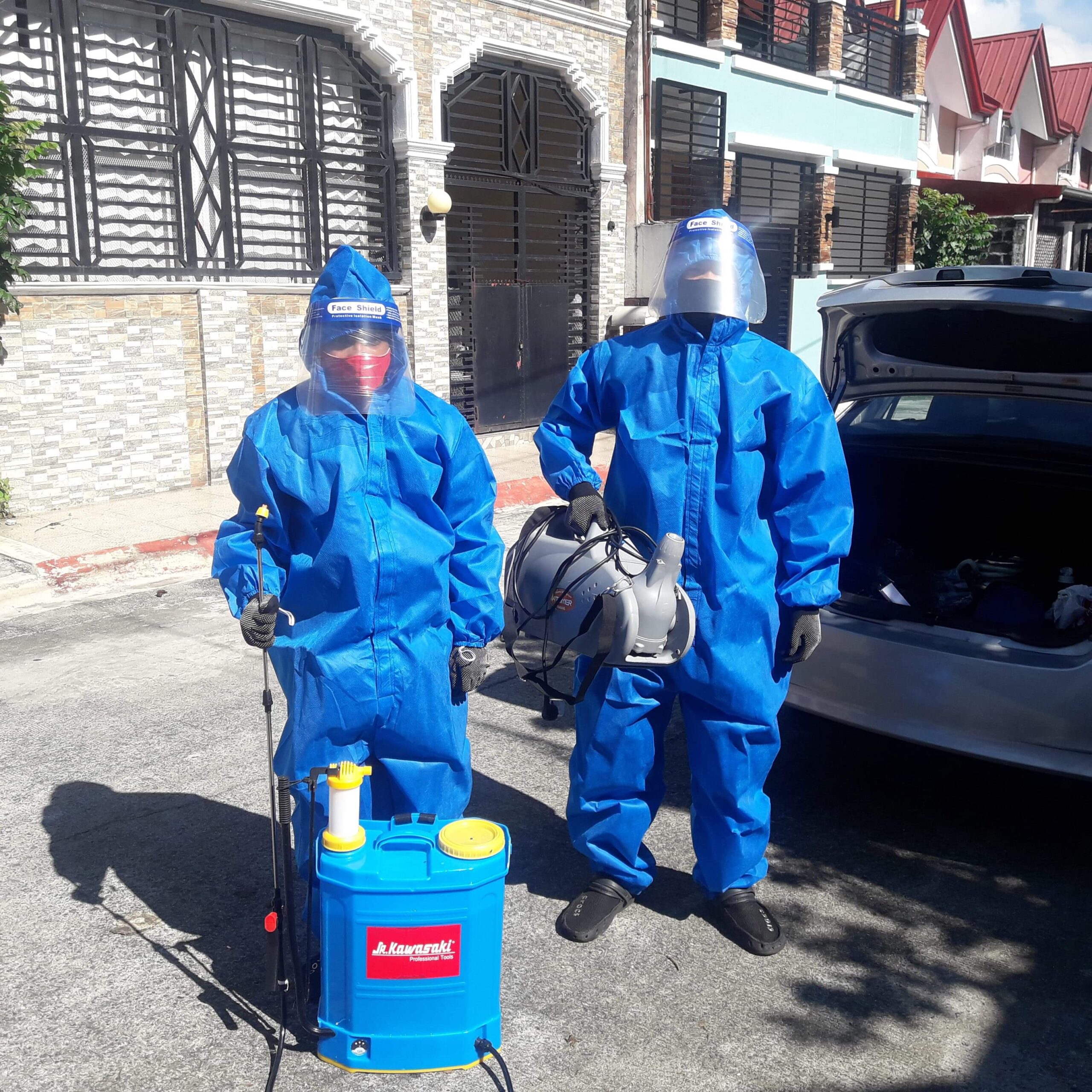Ant Control Services
Ant Inspection Treatment and Control

When you’ve invested so much into having a nice home, the last thing you want is to find it ruined by Ant. Call us for a thorough Ant inspection and a effective treatment today!
What are Ants?
Ants are extremely intelligent and capable creatures. Though they are harmless, they can be a nuisance if they get into your home or business. Their complex and cooperative societies allow them to survive and thrive in conditions that we would find difficult. Here are some interesting facts about this small but amazing pest that you might be interested in learning more about.
Signs of an Ant Infestation
If you’ve noticed a few ants scurrying around on the floor, they might be taking a look around. They could, however, be a sign of a larger ant infestation. Here are three tell-tale signs that you have an ant infestation on your property. Because ants are most active after sundown, keep an eye out for signs of ant activity during these hours.
- Live Ants – If you notice a large number of live ants, you may have a problem. If you find them in your kitchen or other areas where you prepare food, you must act quickly.
- Ant Pathways – Another sign is the presence of ant trails in and out of your home or business. Some ant species will leave a pheromone trail leading to a food source. Other ants from the colony follow this trail to the food source.
- Ant Nest – A nest site can take the form of a small pile of soil or dirt. Some ant species prefer to live in walls or other quiet, dark places, making them more difficult to find.
Common Ant Species
Black House Ant
- Shiny and black.
- 2.5 – 3mm long.
Odorous House Ant
- Brown or black.
- 1/16 to 1/8 inch long.
- Antennae have 12 segments and are not terminated with a club.
- 6 legs.
Ghost Ant
- Pale/Translucent legs and abdomen.
- 16mm long.
Pavement Ant
- Dark brown or blackish.
- 1/8″ long.
- 6 legs.
- 2 spines on the back and 2 nodes on petiole.
- A groove on head and thorax is uneven with 1 pair of spine.
- 12-segmented antennae with 3-segmented lub.
- Winged ants are often mistaken for termites.
Paraoh's Ant
- Workers 1.5-2mm long, yellow-brown with brown abdomen.
- Males 3mm long, black, winged.
- Queens 3.5-6mm long, dark red in color with wings.
- Black eyes, 2 small segments at the pedicel.
Weaver Ant "Hantik"
- Orange in color
- Strong legs and Large mandibles
- Approx 5mm-25mm in length.
Little Black Ant
- Dark brownish / black or jet black in color
- Unevenly rounded thorax.
- workers are as small as 1.5 mm in length, and queens can measure up to 4 mm.
Carpenter Ant
- Workers: 1/4″ long.
- Queen: 1/2″ long.
- Blackish color most common but can also be black and red.
- 6 legs.
Fire Ant
- Queens 5/8″ long.
- Workers 1/8″-1/4″ long.
- Coppery–brown on the head and body, with a darker abdomen.
- Solenopsis has a very distinctive two–segment antennal club, which is most visible in the front view of the female reproductive ant.
How to Get Rid of Ants
Although there are many do-it-yourself ant control products on the market, an effective control requires a professional pest control service to manage the infestation and minimize recurrence. Our service technicians are familiar with the habits of various types of ants and can provide discreet and targeted ant control.
Our ant control treatment and solutions at M.G.Brondial Pest Control are designed for both domestic and commercial customers, regardless of the size of the infestation.
How to Prevent Ants
If you are concerned that you may be at risk of an ant infestation, you can take some preventative ant deterrent measures. The list below will assist you in reducing the risk of ant infestation in your home or business.
The majority of ants enter your kitchen in search of food. Ants are drawn to anything sweet and sticky, which is why you’ll usually find them in kitchen cupboards or areas where food is stored. To keep ants at bay, keep the following in mind:
- Organize
- Clean up
- Keep your food safe.









